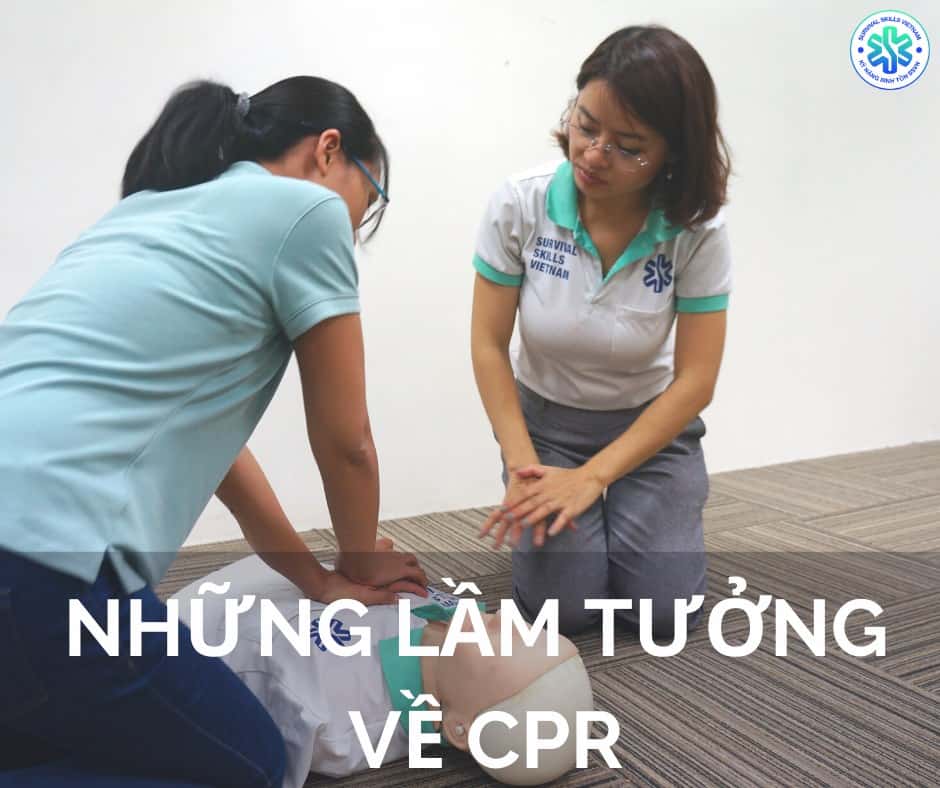
CPR
When a person’s heart has stopped beating, everything seems to be too late to do anything. However, there is still “a magic”- elastic time before death” while waiting for taking to hospital to find a better treatment. That is CPR.
However, a lot of people stills do not know CRP because some reasons listed following :
They fear that they will make the victim worse… In addition to they do not know cardiopulmonary resuscitation – CPR, many people do not have access to CPR and practice properly, so there are often misconceptions about CPR.
Misconception 1: CPR is very complicated. In fact, CPR is like any other physical skills that can be easily mastered with adequate instruction. 86% children at the aged of 9-18 were able to perform CPR correctly after training. The steps to perform CPR are quite simple. In the hands-on class, you’ll be using a CPR training dummy to pinpoint the exact position, force, and compression rate to do it effectively.
Misconception : Performing CPR does not necessarily save the life of the victim. Many people do not realize the importance of CPR when seeing a person stop breathing. They think that performing CPR will not be sure for saving the victim’s life. CPR involves two effects of cardiac compression and oxygen to help the heart push blood to the brain of a not breathing, unresponsive victim. When the heart stops beating, brain begins to die after 3-4 minutes. Emergency services can not be on the scene in 3-4 minutes, so you need to do CPR quickly to save the victim’s life. Every minute of performing CPR is valuable, it can create a good sign, increase the chance of survival for the victim.
Misconception :Your friends and family are healthy, you don’t need to know CPR. Accidents are unpredictable. Even if you and your friends, family are in good health, accidents can happen from time to time. Knowing CPR will increase your chances of saving one’s life in case that they stop breathing, no longer have a heartbeat, have a stroke, have a heart attack, or drown.
Misconception 4: Just learn CPR through video. In fact. you can not learn how to do CPR effectively by watching videos. Unfortunately, you see someone in distress and need CPR,if you just apply the knowledge you have learned on the video, it may not be enough and in the right way. If you really want to learn first aid to protect yourself and other people, please find an international standardized CPR course .